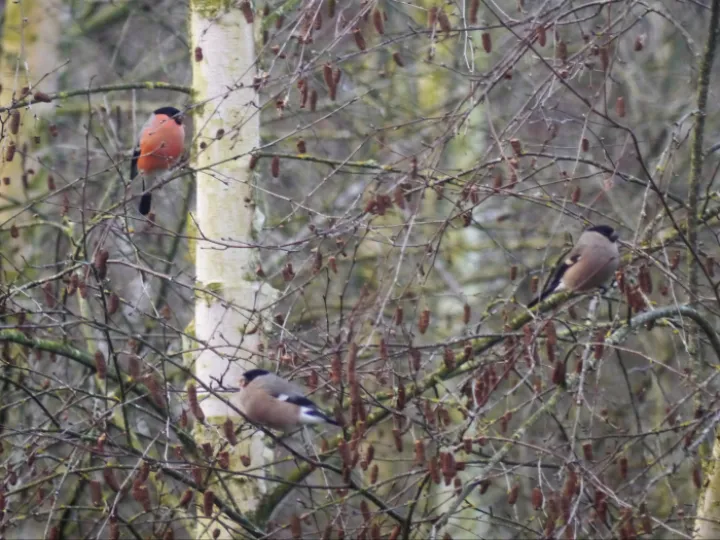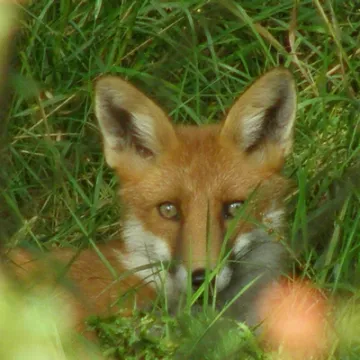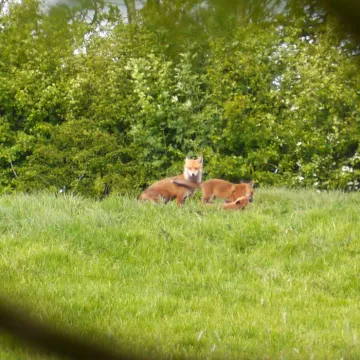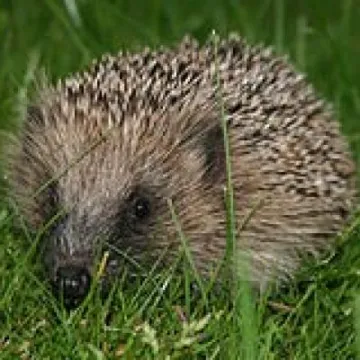Naughty Noupes and Rascally Rooks
Naughty Noupes and Rascally Rooks
Growing up in the 1950s it was well-known that one way to augment one's meagre pocket money was to take the tails of grey squirrels – contemptuously referred to as 'American tree rats' – to the local police station.
A bounty of one shilling (5p) per tail was paid at the station, in support of the efforts to control the spread of the invasive and destructive rodents which were slowly driving the native red squirrels towards extinction.
In 1532 the first Vermin Act required every parish to raise a levy out of which payments would be made for the heads of different species of designated vermin. The parish officials who had the job of collecting the levy and paying out the bounties were the churchwardens.
Records of vermin control, from the 17th century onwards, can be found in churchwardens' accounts and continue through into the records of the post 1894 parish councils and parish meetings, which inherited many secular responsibilities from the churchwardens.
The range of species involved was very wide and one really does wonder how much of a threat some of them really represented.
In 1692 the Malpas wardens paid:
- 3s.0d (15p) for three foxes' heads
- £1.19s.6d (£1.98) for 237 hedgehog heads (one old halfpenny per head)
- £1.2s.4d (approx. £1.13p) for 268 'noupe' heads (one old penny per head).
'Noupe' is an old south Cheshire dialect name for bullfinch.
One hundred years later the Farndon churchwardens paid the residents of Barton for 240 sparrow heads and 8 hedgehogs, and the Shocklach wardens paid out for 822 sparrow heads.
Harthill's wardens recorded payments in 1779 for 'varmint' (i.e. vermin) heads.
Why indeed were hedgehogs and bullfinches regarded as vermin?
Is this evidence that people really did believe that hedgehogs suckled the milk from sleeping cows?
Bullfinches as a pest are perhaps easier to understand since they took the blossom from important crops, including field beans or the old Cheshire damsons, both of which crops were part of peoples staple diet and made important contributions to the local economy.
Payments for hedgehogs, also described as 'urchins', 'orchins' 'hogsheads' or 'hurchings', and for 'sparrers' appear regularly in the surviving churchwardens' accounts for Coddington, Farndon, Handley, Harthill, Malpas and Shocklach.
In 1826 the ratepayers of Malpas at their vestry meeting 'resolved that the charge of vermin be abandoned with the exception of sparrows, for which three pence a dozen will be allowed'.
Four years later the same parish agreed to "pay 3d per dozen for destroying young rooks and 6d per dozen for old rooks and old sparrows".
Although the scale of bounty payments by churchwardens seems to have decreased considerably by the second half of the nineteenth century, there is evidence that after 1894 the newly-formed parish councils and parish meetings assumed some responsibility for vermin control.
In 1901 Malpas Parish Council was paying 5s.0d (25p) each year to a man to keep down moles on the allotments known as the Moss Land.
In 1929 Chowley Parish Meeting asked Tarvin Rural District Council to do something about the plague of rats in the local quarry, and in 1966 Malpas was trying to sort out the nuisance caused by pigeon droppings from the roof of the local National Farmers' Union office by The Cross.
Nowadays our parishes are generally healthy places in which to live, partly thanks to the services provided by the Borough Councils.
If we have problems with wasps, rats or other unwelcome wildlife they can be dealt with by the councils' Pest Control specialists, or by the many insect sprays and other remedies which can be purchased for domestic use.
However, debates about vermin still take place, particularly in our dairy farming and former fox-hunting county of Cheshire.
The threats posed by badgers as potential carriers of bovine tuberculosis, and the relative merits of various methods for controlling the fox population, responsible for many attacks on poultry, continue to be the subjects for, sometimes heated, debates.
And we still have a mole catcher in the Malpas area!
Article updated and published by Chris Whitehurst
14th December 2023
Acknowledgements:
Original Article written by David Hayns
Article published by My Village News in April 2020
Quick Links
Village Map
Get In Touch
MalpasOnline is powered by our active community.
Please send us your news and views using the button below:






